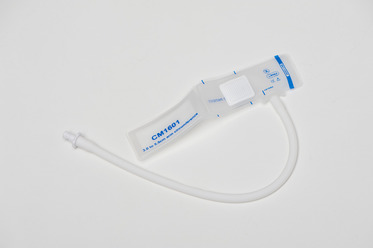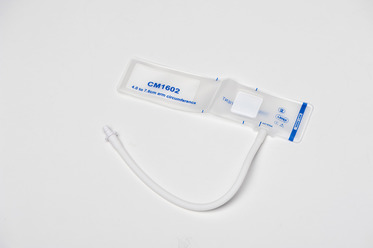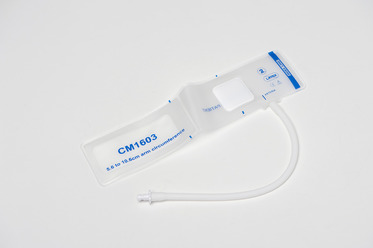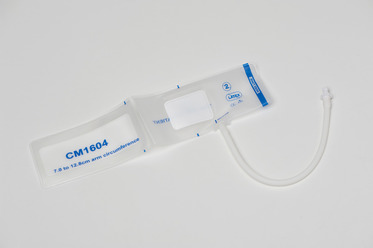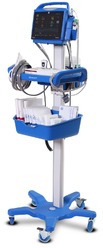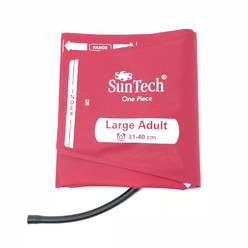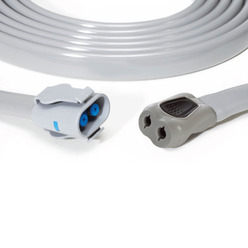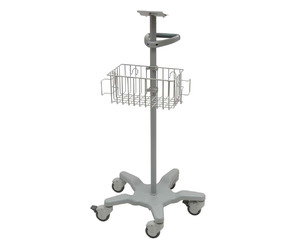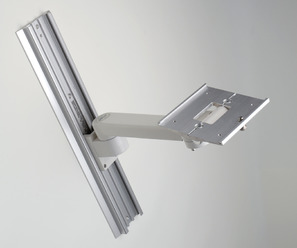 Vital Signs Monitoring Equipment
Vital Signs Monitoring Equipment
Numed Healthcare supply a range of vital signs monitors, blood pressure cuffs and accessories for those providing vital signs monitoring.
We know it is essential for you and your team to feel confident with a new vital signs monitoring product and to ensure it is installed and configured accurately. The Portrait VSM Vital Signs Monitor is available with comprehensive installation and training from our dedicated, expert team. You’ll be able to get started with your new equipment easily and quickly.
FAQs
What are vital signs?
Vital signs are measurements of a patient's most basic body functions. The four main vital signs are routinely monitored by medical professionals to monitor a patient's health and identify any irregularities that could indicate an underlying health condition.
The main vital signs include:
1. Body temperature - The normal body temperature is approximately 37°C. A high body temperature can indicate a fever which can be dangerous when above a certain temperature.
2. Pulse rate - A normal resting pulse rate should be between 60 to 100 beats per minute, but this can vary from minute to minute. It is important to monitor a patient’s heart rate to make sure their vital organ is functioning correctly.
3. Respiration rate - The respiratory rate means how many breaths a patient takes each minute. Normal respiration rates for an adult person at rest range from 12 to 16 breaths per minute. Abnormal respiration rates can be a sign of serious medical conditions which is why it is considered a vital sign to monitor.
4. Blood pressure - Blood pressure is recorded using 2 numbers, the systolic pressure is the force at which your heart pumps blood around your body and the diastolic pressure is the resistance to the blood flow in the blood vessels between heartbeats. Blood pressure monitor machines will often show the systolic pressure as the top number whilst the lower number is the diastolic pressure. High and low blood pressure needs to be treated to help prevent future health complications.
